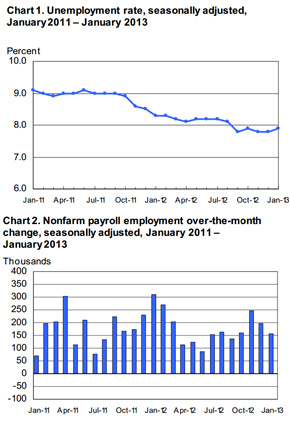As the economy continues to improve, it becomes more difficult to attract talent to your organization. If you are lucky enough to gain interest of the “A” players in the market, it is becoming harder and harder to bring them aboard. With the increasing demand, candidates now have the upper hand. Here are some tips to hire those that are desirable.
- Sell your opportunity: The days of “the candidate should be lucky we are interested in them” is long gone. You need to make sure you tie in the benefits to the candidate of why this role and your organization is right for them.
- The Hiring Process: The process needs to be on point and succinct. The mindset needs to be that this candidate is not only interviewing with you, but with others as well. Time kills. I am not saying to cut your process, but just keep it moving.
- Compensation and Benefits: The comp and benefits also need to be attractive. Companies will overpay to get the talent they want. If your comp and benefits are not on par with your competitors, you will lose the top talent. Also, keep in mind things such as working from home, flex hours, PTO, 401k, and other fringe benefits. Understand the candidate’s expectations prior to making an offer.
You need to approach going after top talent like you would acquiring new business. Put your best foot forward, sell your company, and put the right pricing on the table.

